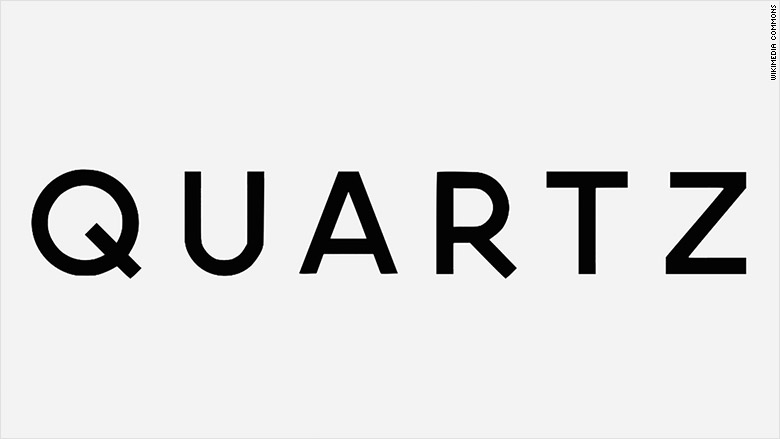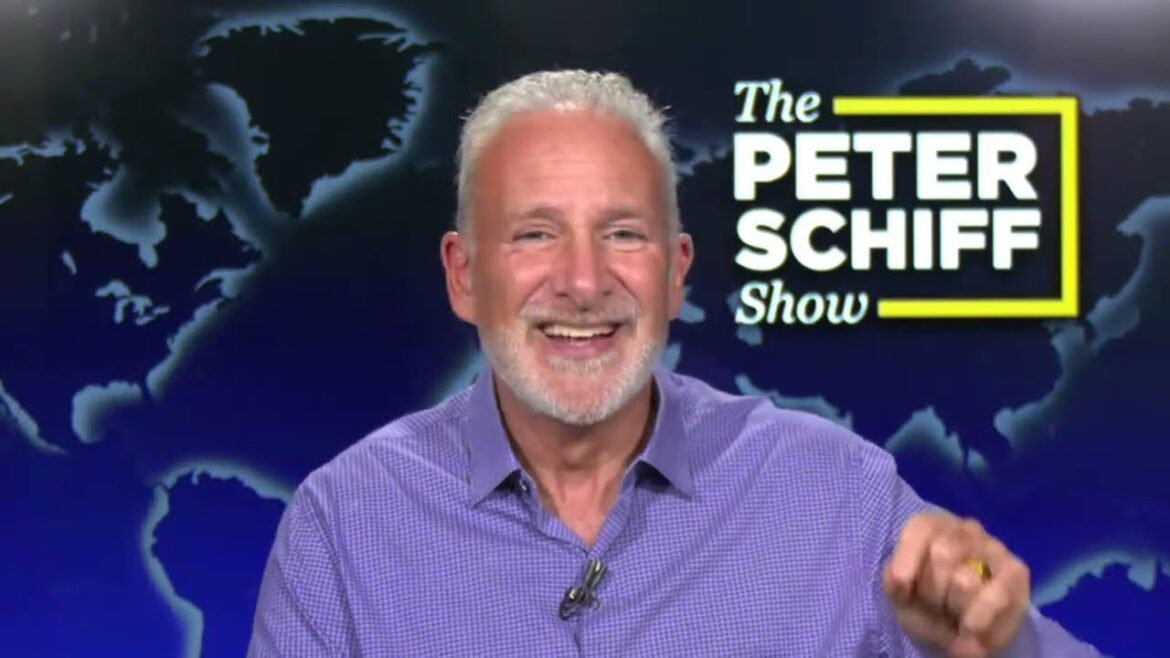Gold has all the potential to go unprecedentedly high. But silver will be gold on
Site:
Precious metals news
Deutsche Bank has increased its gold price forecast to $2,600 by the end of 2024. This follows a similar bullish adjustment by Goldman Sachs, who now expects gold to reach $2,700 per ounce. Both banks attribute their optimistic forecasts to substantial investment inflows and rising geopolitical tensions, particularly citing the Middle East conflict as reinforcing gold's appeal as a safe haven. The recent failed missile attack by Iran on Israel further boosts this sentiment. Deutsche Bank also notes that while some early investors might take profits, new investors are likely to enter the market, sustaining demand and supporting higher prices. This sentiment has contributed to a 20% increase in gold prices over the past two months, with expectations for continued upward movement.
 Powell Warns of Extended High Interest Rates in Face of Persistent Inflation
Powell Warns of Extended High Interest Rates in Face of Persistent InflationApr 16, 2024 - 14:19:14 EDT
Federal Reserve Chair Jerome Powell has moderated expectations for interest rate cuts, citing persistently firm inflation figures in the first quarter that have introduced uncertainty about the Fed's ability to lower rates without economic deceleration. Powell highlighted a notable shift in the Fed’s stance after inflation readings consistently exceeded forecasts for three consecutive months, undermining earlier hopes for pre-emptive rate reductions. Despite previous optimism that a few more months of data could reaffirm their inflation targets, recent trends suggest a longer-than-anticipated timeframe to gain this confidence.
Gold prices experienced a slight decline on Tuesday, falling 0.3% to $2,375.50 per ounce as a result of high U.S. Treasury yields and profit-taking by investors. The dip follows a significant rally that brought gold to a record high of $2,431.29 last Friday. The increase in yields, particularly the 10-year Treasury note reaching 4.63%, reflects a market reaction to stronger-than-expected U.S. retail sales in March. This economic indicator has led to a decrease in expectations for rate cuts in 2024. Despite the current pause, gold has risen 15% this year, buoyed by prolonged inflation expectations, heightened safe-haven demand due to ongoing Middle East tensions, and substantial buying by central banks.
Gold prices have surged to near-record highs, bolstered by increased safe-haven demand amidst escalating tensions in the Middle East. Following Iran's attack on Israel, involving over 300 drones and missiles, the demand for gold has intensified, with the June futures contract closing at a record $2,383 per ounce. Analysts, including those from Citi, predict that gold could potentially reach $3,000 if the geopolitical situation worsens, leading to further market instability. Market analyst Bartosz Sawicki anticipates that any significant retaliation by Israel could not only escalate the conflict but also drive further increases in gold prices, alongside rises in oil prices and the U.S. dollar.
In Antarctica, American geologists made an incredible find: an active volcano that's expelling particles of gold. This phenomenon occurs as hot gases from the volcano carry gold from deep within the volcanic rock to the surface and even beyond, with particles found as far as 1,000km away. The volcano, standing at a height of 3,794 meters, continues to be active, periodically releasing these valuable particles into the atmosphere, as reported by New Scientist and IFL Science.
The U.S. dollar is experiencing its strongest rally in over a year, propelled by expectations that the Federal Reserve will maintain high interest rates longer than anticipated and by increasing demand for the dollar as a safe haven due to rising tensions in the Middle East. The Bloomberg Dollar Spot Index has risen for five consecutive days, marking a nearly 2% increase—its most significant since February 2023. This surge is further intensified by China's decision to lower the yuan's reference rate, which has put additional pressure on emerging market currencies. Adjustments in market expectations now suggest that the Fed might delay easing interest rates until September, a shift from the previously expected July, following a series of unexpectedly high U.S. inflation reports that have heightened market volatility.
Since Nayib Bukele became president of El Salvador, El Salvador has been in American media and global political discussion more than ever. While much of the attention focuses on Bukele’s mass incarceration of gang members and a decline in homicide of over 70%, Bukele has also drawn attention to his favoritism towards Bitcoin and how he has pushed El Salvador to embrace cryptocurrency.
UBS Group AG strategists suggest there is a growing risk that the Federal Reserve may increase interest rates to as high as 6.5% next year, due to persistent strong U.S. economic growth and sticky inflation. Initially predicting two rate cuts this year, UBS now considers a scenario where inflation does not meet the Fed's target, potentially leading to resumed rate hikes. This shift could trigger a significant selloff in both the bond and stock markets. Recent U.S. data indicating economic resilience has led markets to adjust expectations, reducing bets on policy easing and preparing for the possibility of increased rates if inflation remains above 2.5%.
In March, U.S. retail sales rose by 0.7%, surpassing expectations of a 0.3% increase despite concurrent rising inflation, according to the Commerce Department. This growth, although slower than February's revised 0.9% rise, indicates that consumer spending remained robust. The consumer price index, as reported by the Labor Department, climbed 0.4% for the month, aligning with an annual inflation rate of 3.5%. However, the 4% annual increase in retail sales demonstrates that consumer spending outpaced inflation, suggesting a resilient economic demand amidst escalating prices.
As tensions escalate in the Middle East following Iran's extensive drone and missile attacks on Israel, gold prices are approaching new record highs due to increased safe-haven demand. On Monday, gold prices rose by 1.7%, nearing last week’s record of over $2,400 per ounce, though the price later settled lower as investors adjusted their positions amidst overheated rally indicators. The ongoing geopolitical uncertainties in the Middle East and Ukraine further enhance gold's appeal as a safe investment during times of crisis. Chris Weston of Pepperstone Group emphasizes that the geopolitical tensions alone are a compelling reason to invest in gold, anticipating a continued upward trajectory in its price.
In October 2022, astronomers using the Gemini South telescope in Chile observed the brightest cosmic flash ever recorded, dubbed the "Brightest Of All Time" or the BOAT. Further analysis by the Webb Space Telescope identified the BOAT as a supernova, a massive star's explosive demise. This research, published in Nature Astronomy, sought to find traces of heavy elements like gold and platinum typically thought to be produced by such cosmic events. However, none were detected, deepening the mystery of how these precious metals originate. The study suggests that while some heavy elements come from neutron star mergers, this process alone cannot account for their abundance in the universe, as these mergers are infrequent and occur over vast time scales.
Amid gold's remarkable rally, with prices surpassing $2,400 an ounce, Brooklyn's King Gold & Pawn has been inundated with customers eager to sell their gold. The motivations vary: some are capitalizing on the high prices, while others, pressed by financial needs, are selling to afford essentials like rent and groceries. Gene Furman, the shop owner, notes an unprecedented tripling in transactions since late February, as individuals treat their gold assets as an emergency fund. Branden Sabino, an IT specialist, exemplifies this trend, selling his gold jewelry to manage rising living costs without any savings to fall back on.
Peter’s back in Puerto Rico this week for his podcast after another week of record gold prices. In this episode, he discusses media coverage of inflation, this week’s CPI report, and Bitcoin’s weakening price relative to gold.
Apr 15, 2024 - 11:13:38 EDT
Crude oil prices experienced a modest decline in reaction to the recent Iranian attack on Israel. West Texas Intermediate (WTI) crude for May delivery fell by 1%, closing at $84.83 per barrel, while Brent crude, the global benchmark, dropped 1.2% to $89.41 per barrel after briefly exceeding $90. Prices for May gasoline and heating oil also saw reductions of 1.2% and 1.6%, respectively. Natural gas prices decreased by 2.4%. The market's subdued response reflects investors' expectations that the attack, which was largely neutralized by Israel's defenses, would not escalate into a broader regional conflict.
Silver demand has been significantly driven by the growth in solar energy installations, particularly in photovoltaic (PV) cells. Last year, the demand for silver in PV cells reached a new high of 190 million ounces, up from 100 million in 2020, now accounting for about 30% of industrial silver demand. This increase is largely attributed to the rapid expansion of PV manufacturing and installation in China, which constitutes approximately 85% of the global manufacturing capacity. In 2023, China's new solar installations nearly matched the total global installations of the previous year. Looking ahead, it's projected that solar silver demand could surpass 200 million ounces in 2024.
 ZeroHedge: One Bank [Finally] Says Quiet Part Out Loud On Gold Manipulation
ZeroHedge: One Bank [Finally] Says Quiet Part Out Loud On Gold ManipulationApr 15, 2024 - 10:24:27 EDT
In the latest "Greed & Fear" report by Chris Wood of Jefferies, a prominent global capital markets firm, a significant portion is dedicated to discussing gold, touching on allegations of market manipulation. Wood, who is known for his expertise on various markets, particularly in Asia, and respected for his macroeconomic analyses, cautiously approaches the topic of gold price manipulation, suggesting it poses the greatest risk to the current gold rally. He also notes a recent significant transaction where China reportedly purchased oil from Russia using gold, underlining his credibility and depth of understanding in these complex market dynamics.
Major Wall Street banks have significantly raised their price targets for gold. This upward revision is influenced by increased safe-haven demand amid rising geopolitical tensions in the Middle East, although it seemingly contradicts the current Federal Reserve policy and trends in gold ETF outflows. The puzzling market dynamics have led to speculative forecasts, with Goldman Sachs setting a target of $2,700, Bank of America $3,000, and UBS an ambitious $4,000 per ounce.
Apr 15, 2024 - 09:46:23 EDT
Gold prices have climbed for four consecutive weeks, now surpassing $2,410 per ounce. In light of this sustained increase, several analysts have revised their forecasts, now projecting some incredibly bullish gold forecasts.
Apr 15, 2024 - 09:29:41 EDT
Following the recent attacks by Iran on Israel, significant market volatility is expected, as described by Peter Spina of GoldSeek.com. The heightened geopolitical tensions may lead to a "liquidity event" in financial markets, potentially causing a selloff in stocks that could spill over to precious metals. This scenario could present a unique buying opportunity for investors in gold and silver. The underlying fear and the addition of a 'fear-war premium' to gold prices suggest that precious metals, along with oil, could see strong market openings and sustained buying interest, barring any sudden changes in the current situation.
After soaring to an unprecedented high, gold prices moderated on Monday, reflecting a cautious recalibration in the market following a spike driven by escalating Middle East conflicts. Spot gold inched up slightly by 0.3% to $2,349.67 per ounce, pulling back from Friday's record-setting peak of $2,431.29, catalyzed by anticipations of an Iranian counterstrike. Meanwhile, U.S. gold futures mirrored this tepid sentiment with a slight decrease of 0.3%, settling at $2,366.10. The heightened tensions saw Iran executing a bold aerial assault on Israel, using drones and missiles as retribution for an alleged Israeli attack on its consulate. This geopolitical turmoil underscores gold's status as a refuge for investors during times of international uncertainty.








